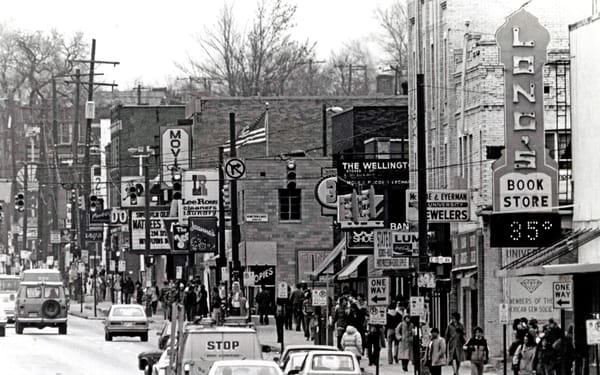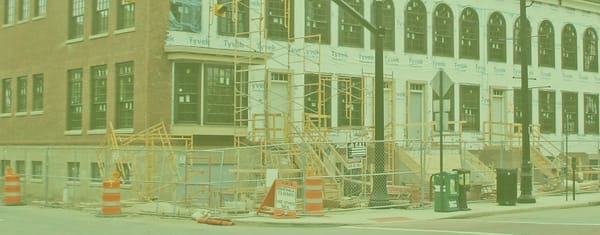A bit about ADUs 🏠
Nothing new about this age-old concept, really 🤷

Today’s dispatch is focused on an age-old idea that is getting a lot of attention lately: Accessory Dwelling Units (ADUs)
While there are many reasons for increasing dialogue about ADUs, the primary reason is that they present little aesthetic conflict to the “conventional” design standards of suburban areas. There are three major reasons why ADUs are attractive to a broad constituency:
- They’re often invisible to detect from the street
- They’re usually cheaper, since they’re usually less than 1,000 sq. feet
- They can allow family members to age-in-place or in intergenerational settings
In December 2023, Columbus City Council authorized funding for an ADU pilot program, which was covered by Columbus Underground last summer. Many jurisdictions around the U.S. have seen considerable success with ADU programs. In California, experts estimate that the number of ADUs in the state has doubled since 2020. In Portland (OR), more than 1,000 ADUs were added between 2018 and 2024 in low-density neighborhoods.
One unique feature of ADUs is that they can create revenue-earning potential for homeowners who choose to welcome new neighbors onto their property. Still, one issue with getting a significant amount of new ADUs to contribute to housing supply is financing. According to an Urban Institute brief, counting future rental income in the appraisal process is one way financing could be easier. With this in mind, companies have cropped up to offer boutique services to residents who want to develop ADUs, some of which take a cut of the profit as payment for their services. This business opportunity may be one reason that pro-ADU regulations have seen bipartisan support, with a bill currently under consideration in the Florida legislature sponsored by a Republican representative.
ADUs can come in many shapes and sizes
What does accessory mean exactly? Well, the primary structure on most residential parcels in Columbus and Central Ohio is a detached single-family house (or dwelling unit). Something that is accessory to this house is akin to wearing a hat. The hat needs a head to sit on; it’s your accessory. Likewise, the accessory dwelling needs a primary or principal structure to be associated with. This also means that ADUs cannot usually be bought or sold independently from the primary structure—it’s considered part of the same property for tax and appraisal purposes.
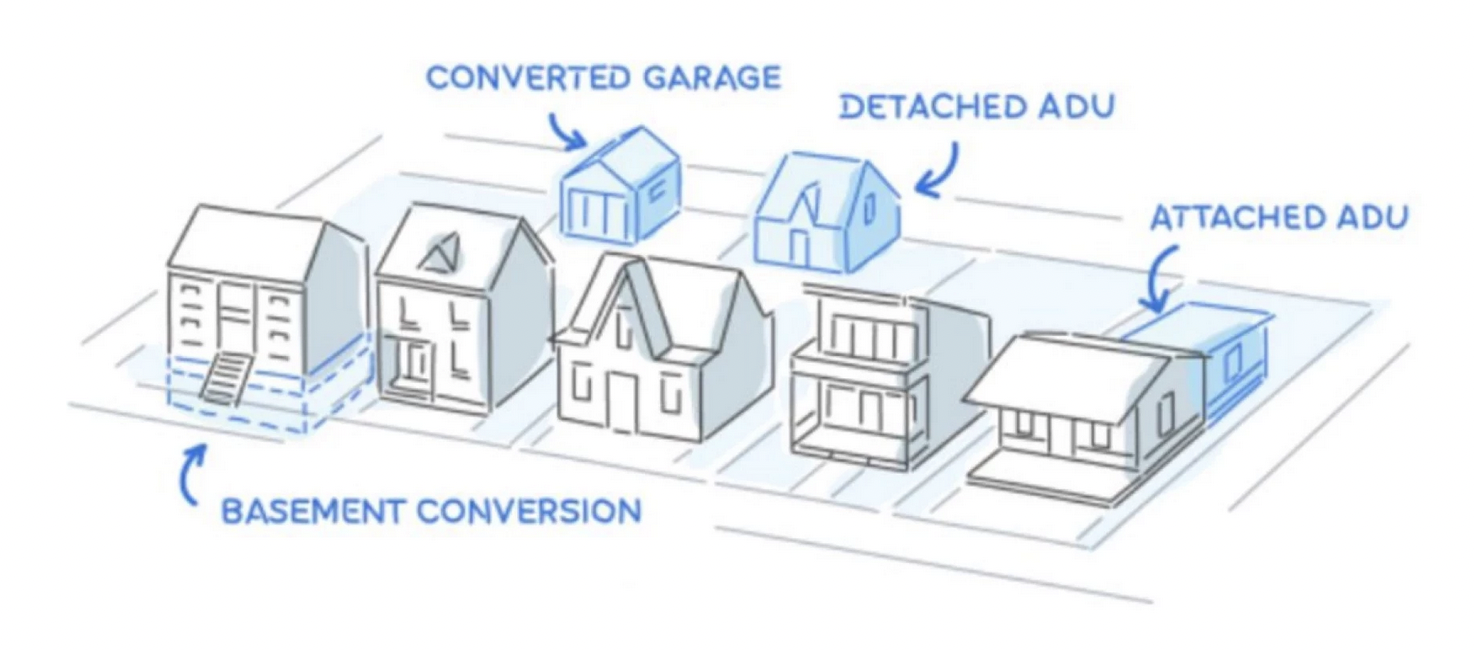
Depending on local codes, ADUs can be attached to the primary structure, or detached. An example of an attached ADU might be a “mother-in-law suite” or “granny flat,” which shares at least one wall with the primary structure but likely has a separate entrance, kitchen, and bathroom. A detached ADU could be something like a backyard cottage, carriage house, or a converted garage.
How do they fit on a typical lot?
There are thousands of lots with alley access that could potentially accommodate an ADU of approximately 800 sq. ft. (perhaps 28’ by 28’, for simplicity’s sake). Many existing detached frame garages behind homes in core urban neighborhoods are between 700 and 950 square feet. This structure is already a home, but for a car. Instead, ADUs could provide a home for a human—and potentially still cars if more than one story! In an effort to keep the ADU construction process as simple as possible, it is absolutely essential that any ADU regulations explicitly not require any additional on-site parking. Requiring parking for ADUs is extremely counterproductive, disadvantaging owners of smaller lots and increasing the cost of developing the new units.
How wide is the typical Columbus lot? Let’s take South Clintonville as an example.
Along Crestview Road, most of the lots are between 38 and 50 feet wide (frontage along Crestview). Located in Census Tract 5, the population of this tract was 4,953 in 1950 and data for 2023 puts that figure at 4,168.
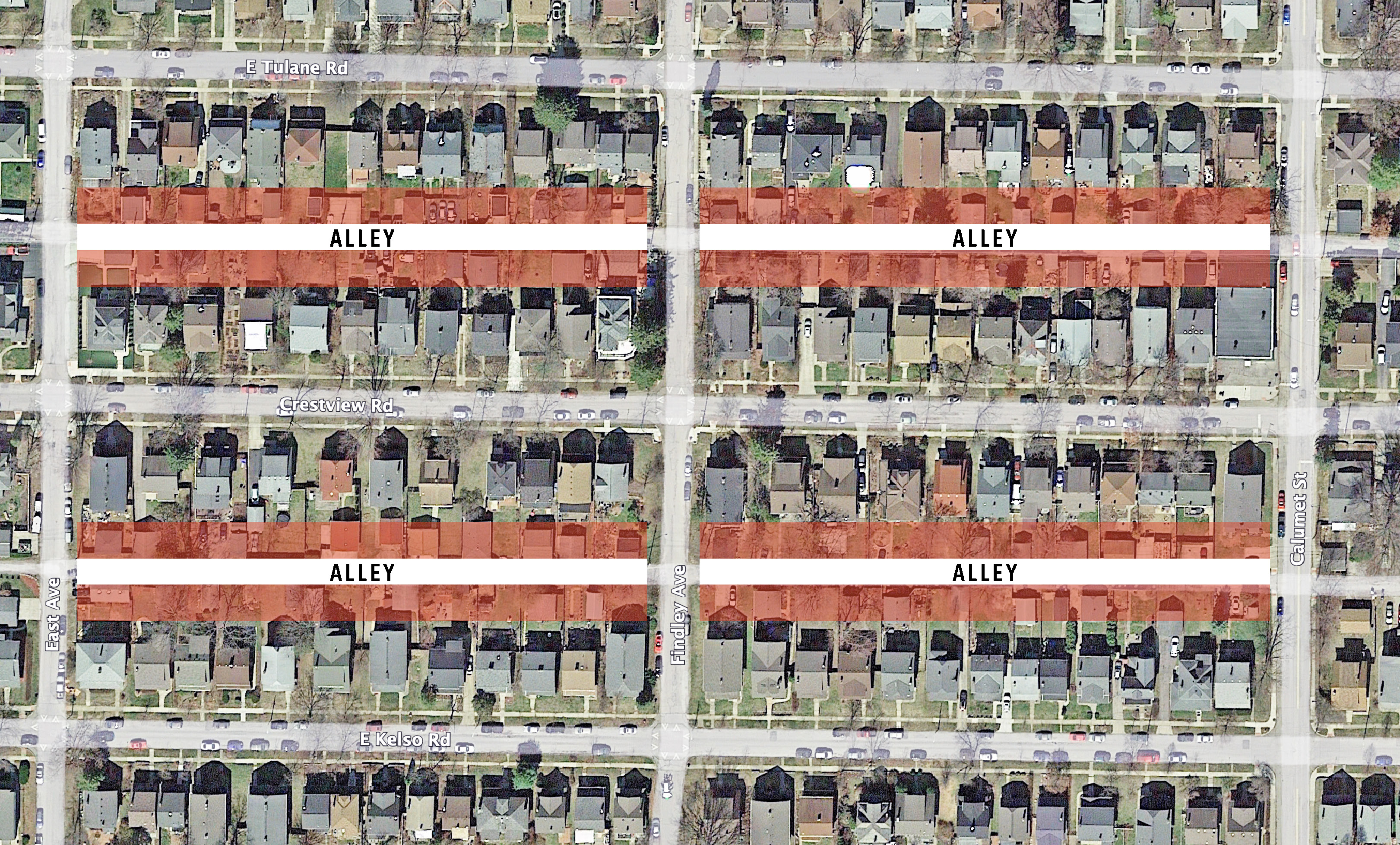
Any argument that a neighborhood like Clintonville can’t handle ADUs due to the threat of overpopulation isn’t well-founded, considering the neighborhood was built to house more folks than it does today. In an effort to support ADU development and take some of the guess work out of the equation, some jurisdictions have created a playbook of sorts that allows people to choose from ready-made design plans, including Sacramento County with plans from 450 to 1,100 square feet. An extensive housing design catalogue was recently released in Canada, including 14 unique designs of ADUs. This sort of playbook for Columbus would be a great step toward broad adoption of ADUs both as a measure to generate revenue for owner-occupants and increase local housing supply.
Local precedent for ADUs
Again, ADUs are an age-old concept. One early mention in The Columbus Dispatch of a rear cottage for rent appears in 1907, but of course the practice was happening well before that. And intergenerational living has been a reality in the U.S. for, well, generations. Consider this April 1962 advertisement in The Columbus Dispatch for a new housing development in Linworth. The Coachman model offers a mother-in-law suite for would-be intergenerational households.
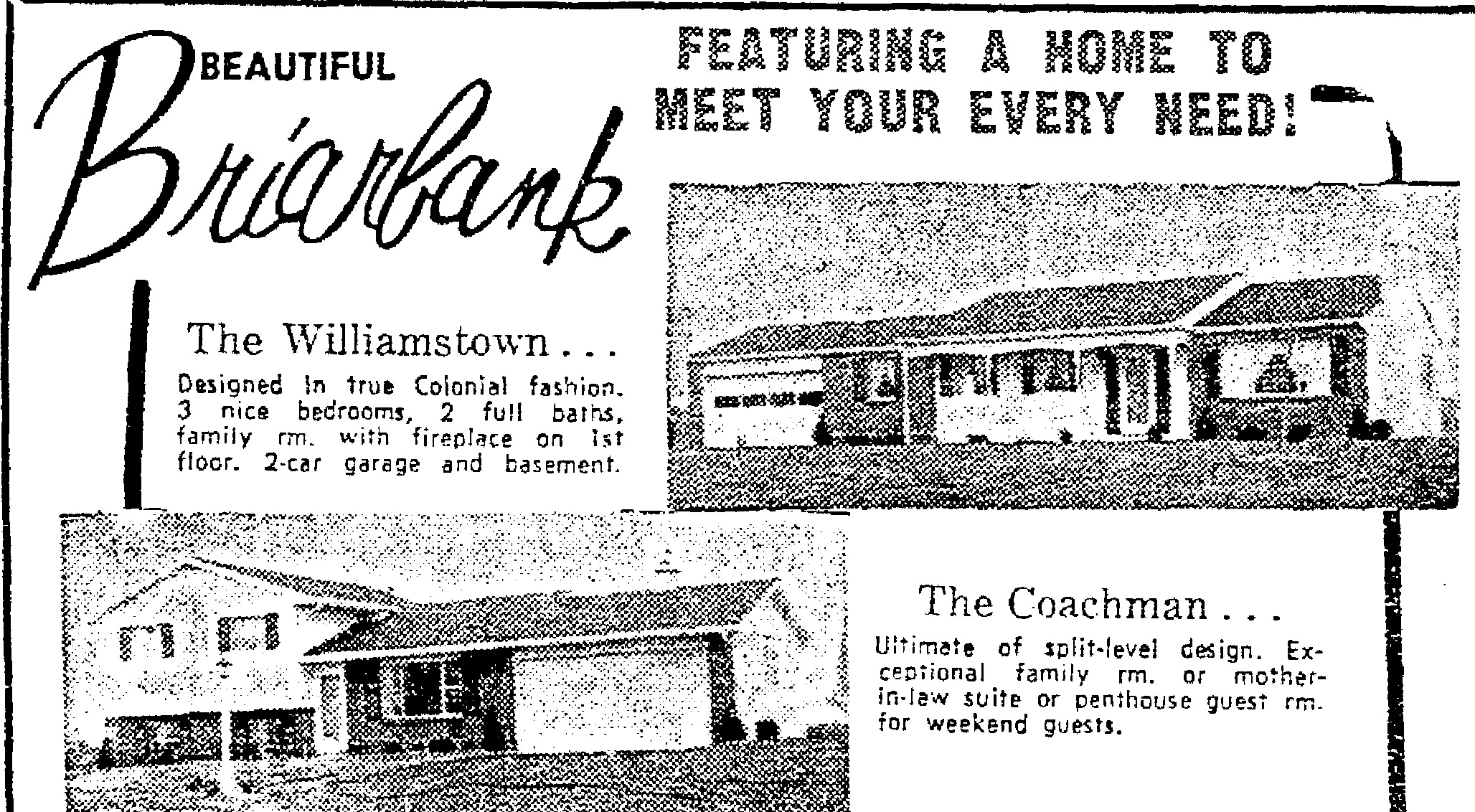
In 1982, the concept of the ‘granny flat’ was discussed in an article that highlighted the rising cost of housing. If people could sublet a portion of their property, they could “offset the initial financial burden of homeownership.”
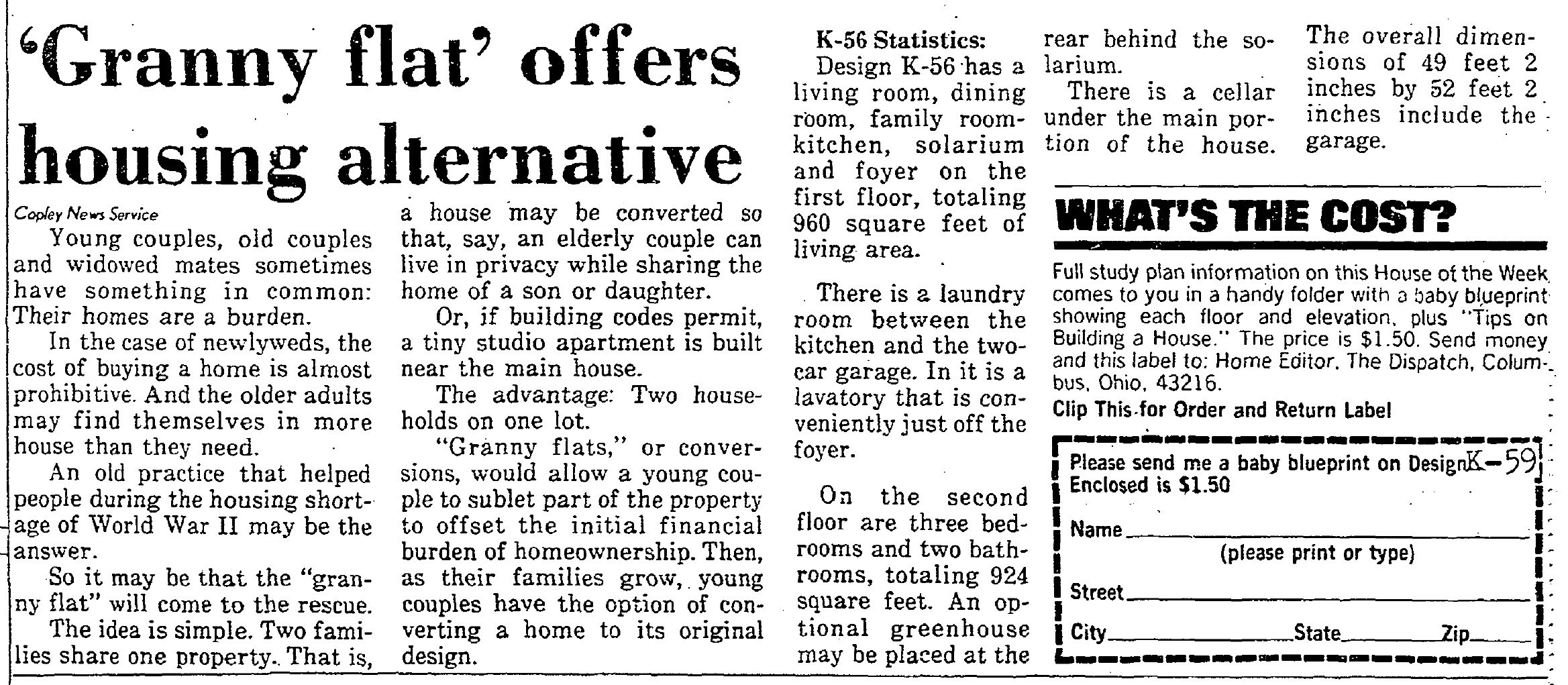
According to the article, the idea is simple: “two families share one property.” And that’s really what it comes down to—land use reforms that allow for more flexibility.

Guest contributor: Tom Burns, Resident of Worthington and supporter of N4MN—Columbus.
All readers of this newsletter are probably aware of the housing crisis here in Central Ohio.
And I imagine we’re all very aware that there’s no one silver bullet that’s going to fix our issues. Instead, we need a mix of policies and construction across the region—and ADUs are one strategy that can help alleviate some of Central Ohio’s housing crunch. Here in Worthington, some of us are hoping that they’ll be implemented sooner rather than later.
In a suburban community like Worthington, where 21.4% of the population is age 65 and older, ADUs can serve an important purpose: allowing older parents to move into a multigenerational housing support system.
This lets them retain independence by downsizing from their existing home to a home adjacent to their family. Seniors who live in a house with an ADU could also move into the ADU themselves, while allowing their adult children to live in the house with their younger grandchildren, or can even rent the house out to a family and stay in their community with an additional income stream, keeping their existing support system and friends close.
Perhaps another important note about ADUs is what they should not be in Worthington.
Short-term rentals are already prohibited within City limits and there is no reason to change this prohibition for ADUs. When it comes to design, Worthington has a robust Architectural Review Board (ARB) that reviews projects within the Architectural Review District, which includes Old Worthington and the major commercial corridors like High Street and Wilson Bridge Road. Should Worthington approve ADUs, it is likely that the ARB would be involved in ensuring some sort of compliance with the regulations involving ADUs, such as setback types and height restrictions. With the central goal of ensuring broad adoption of ADUs, care must be taken to ensure any regulations and review are accessible and manageable –not create a paper right that is too difficult for residents to implement.
Perhaps most important in this push for ADUs in Worthington is that it happen soon.
This housing crisis will not be remedied by plans, studies, and polls. It will only begin to be alleviated by taking concrete steps to allow more housing to be built within our borders. While it may be hard for homeowners secure in their homes to imagine, there are Worthington community members being harmed by our lack of housing today and we need action in a short time frame to alleviate these harms and help fix our housing crisis. We simply cannot wait.

Public input on S.R. 161 corridor zoning opens today
The comment period will run from today through May 10
Zone In Columbus is updating the zoning map along State Route 161/E. Dublin-Granville Road to apply the new mixed-use zoning districts established by Columbus City Council in 2024 (Title 34). Community support has been strong for updating this corridor, which connects with areas that have already been rezoned. Share your opinion by taking the survey!

